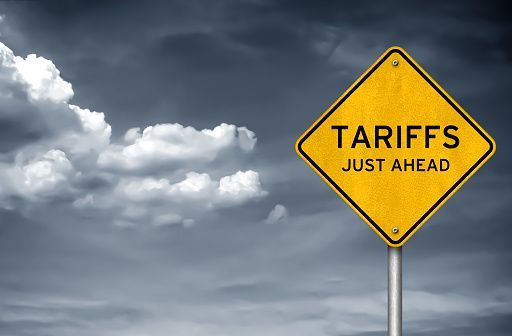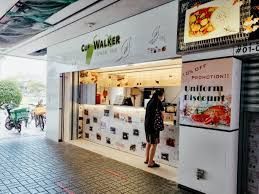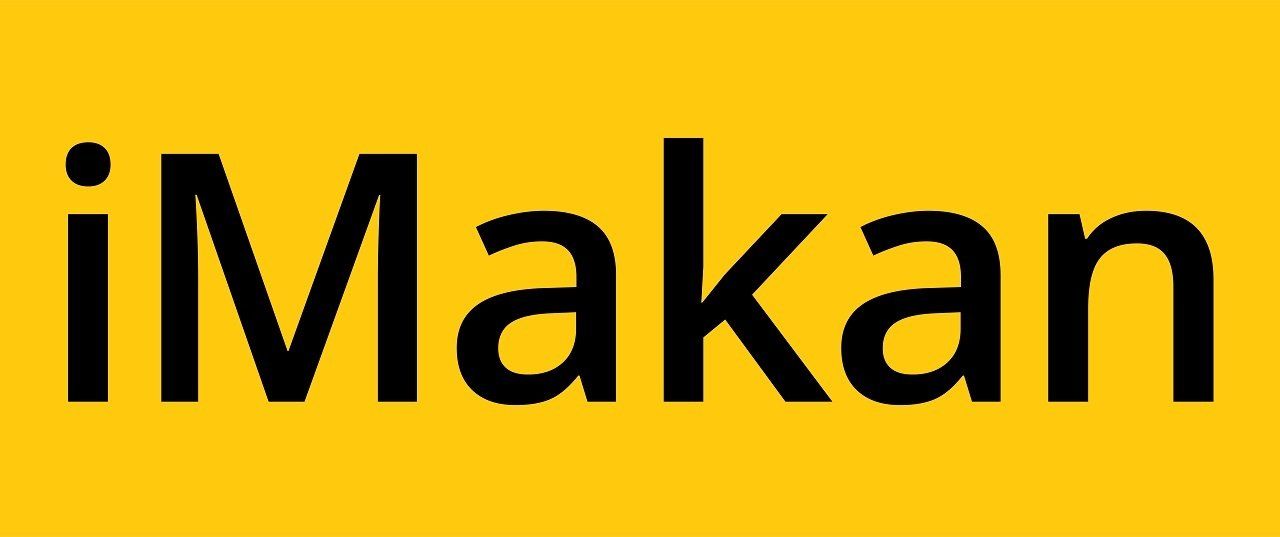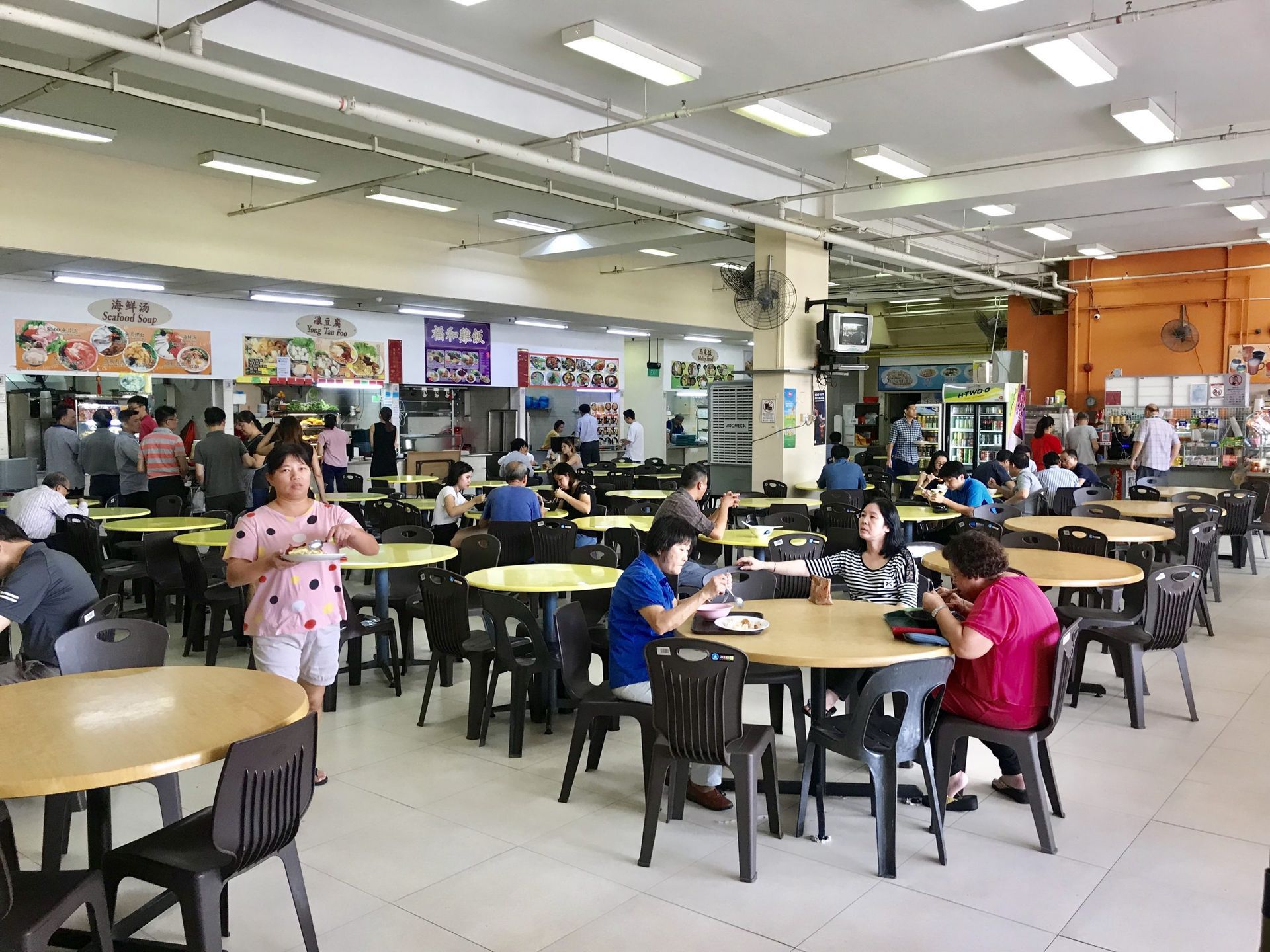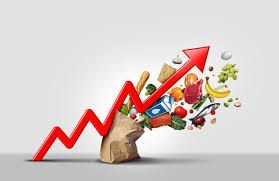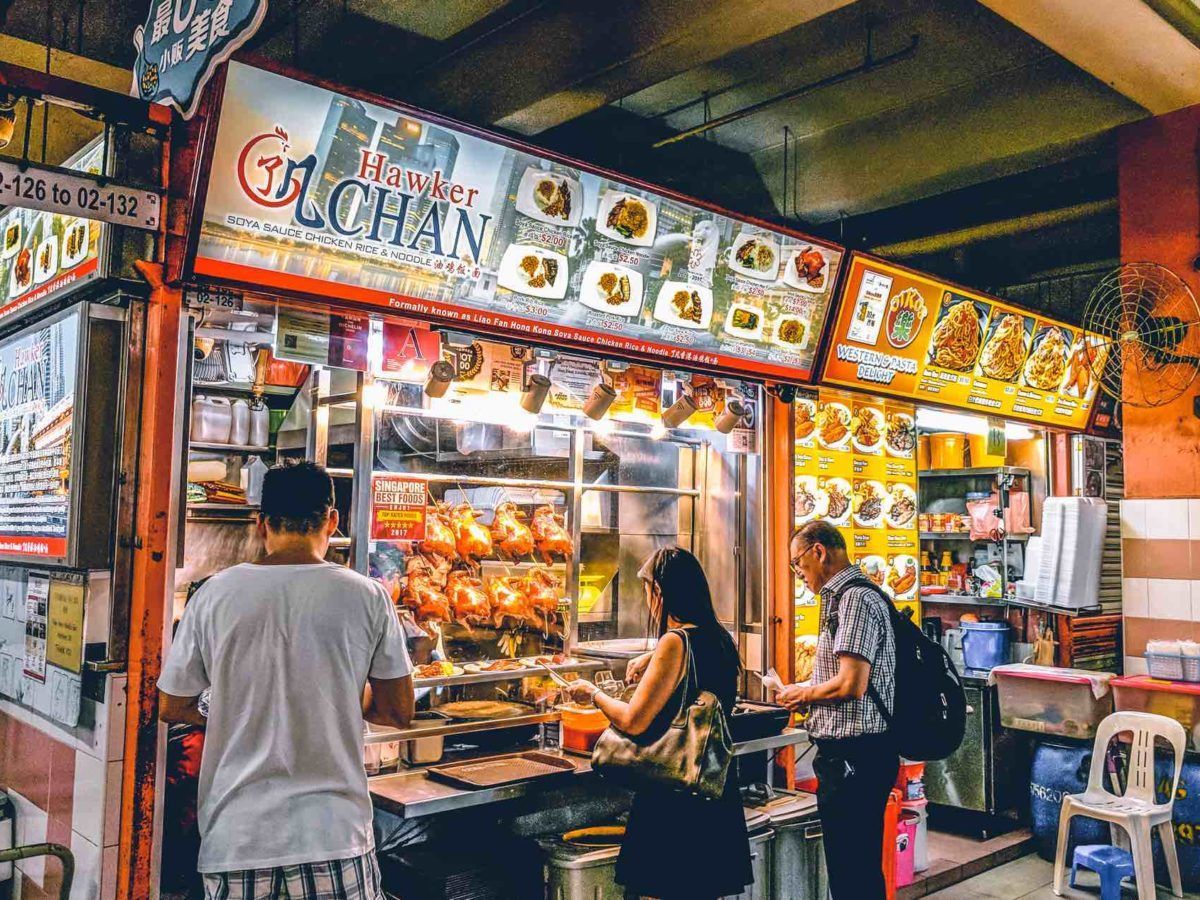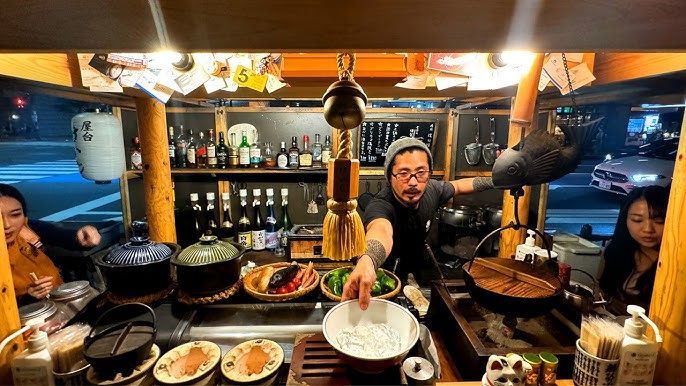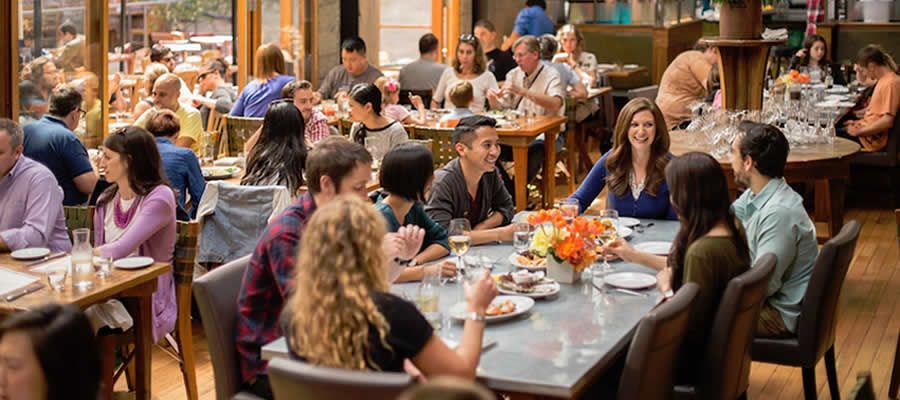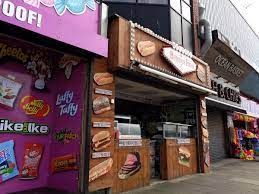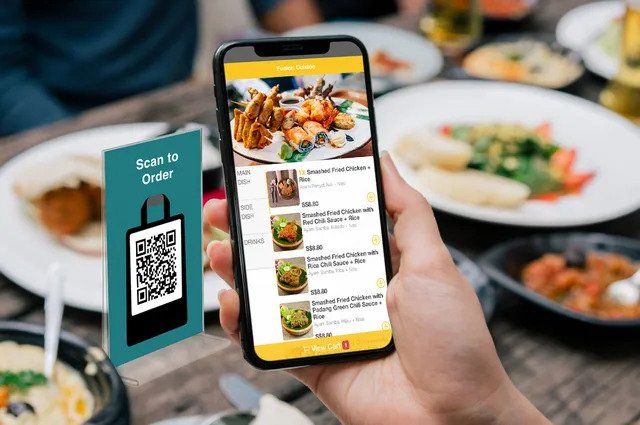
When customers dine out at restaurants it is more than just good food they are looking for. A good customer experience is also something they are looking for when they choose to dine in at your restaurant.
A survey found that 86% of customers are willing to pay more for a better experience. This makes customer experience an important factor in your restaurant's success.
Here are 6 ways to enhance your customer's experience at your restaurant.
Identify your restaurant's target audience
Different F&B concepts target different groups of audiences that have different expectations when they dine at a restaurant of their choice. Different types of customers have their own set of expectations when dine in at a restaurant of their choice. That is why identifying your target audience is vital to providing the right experience to the customers your restaurant attracts.
For example, if you are operating a cafe, it would be inappropriate to be playing loud and up beat music as your customers are looking to have a peaceful environment to dine or even work.
Here are the common types of F&B business concepts and what customers who patronise them generally expect:
Takeaway food kiosk
Usually operating in small floor spaces, these F&B businesses do not offer the option to dine in and provides above average food quality with the emphasis on service speed.
Customers of takeaway food kiosk are looking for a tasty quick bite to have on the go, or to buy back home. Hence, seating areas are not as important.
Quick services restaurants
Order & pay then dine in is the typical customer flow for quick service restaurants. These restaurants typically have a larger floor space and provides a comfortable area for customers to dine.
Upon placing orders, service staff provide table service and are trained to be customer service oriented, almost similar to a full service restaurant.
These restaurants usually attract consumers looking to enjoy dining out with loved ones without having to pay as much as full service restaurants
Fast food restaurants
McDonald’s and KFC, etc are well known examples of fast food restaurants. They generally focus on providing value for money food and fast service speed to the mass public.
Fast food restaurants typically get their customers to order and collect their own food and provides a dining area for customers to enjoy their meals, and often target those who are looking to get a quick, cost effective meal.
Restaurants
Get a table, have your orders taken by a staff, enjoy table service and enjoy dinner with loved ones or business partners at a comfortable dining area is what restaurants are all about.
Restaurants focus on providing good food with great customer service. This combination draws crowds that are prepared to pay more and come with the expectation of good customer service and food experience.
For this article, we will focus on tips to improve customer service at restaurants.
Stay tuned to our next article to find out how to boost customer experience for each F&B concept.
Build your team with the right people
While a waitress/waiter job may seem like an easy job that anyone is able to take up, it is not, especially for service oriented F&B concepts like restaurants. When hiring your service crew, you should consider if your candidate posses the following qualities:
- Empathy: The ability to understand a situation from the customer’s point of view
- Clear communication skills: Service staff have to possess the ability to communicate effectively, clearly and professionally even under pressure.
- Calmness: Service staff need to be able to keep calm when customers are making a big fuss out of nothing or are impatient to avoid further aggravating a tense situation.
- Multitasking: Service staff have to handle multiple tasks at once like serving dishes, getting orders, attending to miscellaneous requests by customers.
- Thick skin: Service staff need to have a thick skin in handling complaints and difficult customers who are unhappy with them.
Provide and refresh staff service training
Even though the staff you hired may have strong service oriented personalities and skills, it is important for them to go through a service training before starting work at your restaurant and also during .
This is to not only brush up on any areas that need improvement, or to impress upon your service staff the standard prices of customer service at your restaurant to ensure a fair and standardised service level.
Product knowledge training
Providing your service staff with adequate and updated product knowledge is important. This allows staff to make recommendations based on customer’s liking and upsell dishes that customers may enjoy to boost the overall experience.
On top of that, equipping your staff with updated product knowledge helps them to avoid the awkward situation where they are puzzled by a customer’s request.
Value your staff
Happy staff makes happy customers which are more inclined to spend more, making a happy boss. Creating the right working environment and throwing in the right mix of incentives for your F&B staff is crucial to ensuring that your staff will be motivated to provide better customer service.
Digital ordering solutions
Did you know that digital ordering solutions like QR ordering systems actually help increase customer satisfaction?
With a QR ordering system, your customers can scan a QR code to place orders through their smartphones when seated. Add on suggestions will also be presented to customers to ensure that they do not miss out and to increase your average bill size.
Apart from that, staff are not burdened with the mundane task of entering orders into the restaurant POS system and can focus on providing value added services such as making recommendations, helping customers out when they are facing difficulty order and conversing with customers to show that they care.
Not only does QR ordering systems benefit your customers, but also your restaurant business, by helping you to lower manpower costs, get orders more accurately and receive orders simultaneously to prevent ordering bottlenecks.
In the market for a self ordering solutions like self ordering kiosk and QR ordering systems? Click here to arrange a demo on iMakan self ordering solutions that are pre approved for subsidies.
